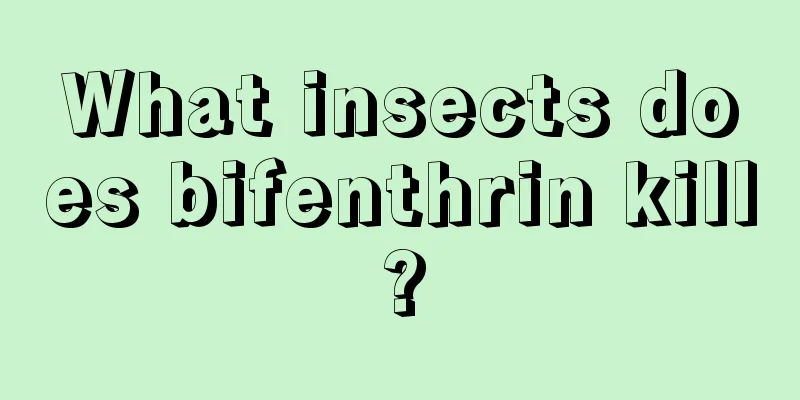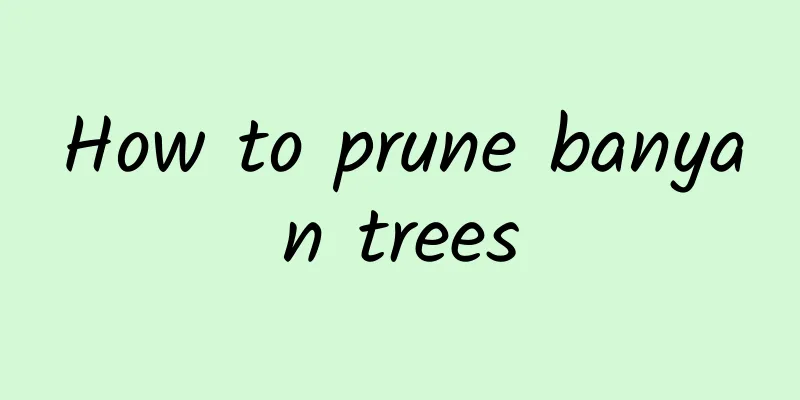What insects does bifenthrin kill?

|
Bifenthrin is a highly effective synthetic pyrethroid insecticide with contact and stomach poison effects, a long lasting effect and a fast insecticidal speed, which is why it is widely used in countries around the world. So what insects does cypermethrin kill? Let’s learn more about it below. What insects does bifenthrin kill? Bifenthrin has a broad insecticide spectrum and is effective against a variety of pests such as Lepidoptera, Hemiptera, Coleoptera, and Thysanoptera. It also has a certain control effect on Acarina pests and can be used to control both insects and mites. Common targets for control include cotton bollworm, pink bollworm, tea geometrid, tea caterpillar, apple or hawthorn red spider, peach borer, aphid, cabbage looper, cabbage moth, and citrus leaf miner. How to use cypermethrin correctly? 1. Applicable crops Suitable for cotton, fruit trees, vegetables , tea and other crops. 2. Usage and Dosage (1) Control of cotton bollworm: Apply pesticides during the peak egg hatching period. Use 20-40 ml of 10% bifenthrin emulsifiable concentrate per mu, add 50-100 kg of water and spray evenly. (2) Prevention and control of cabbage aphids: Apply pesticides during the outbreak period, using 3000-4000 times diluted 10% cypermethrin emulsifiable concentrate for spraying. (3) Prevention and control of peach borer: Apply pesticides during the peak egg hatching period. When the egg-fruit rate reaches 0.5%-1%, spray with 3300-10000 times diluted 10% cypermethrin emulsifiable concentrate. Spray 3-4 times throughout the season. (4) Control of citrus leafminer: Apply pesticides at the early stage of new shoots. Spray 10% cypermethrin emulsifiable concentrate at a dilution of 3300-5000 times. Spray again every 7-10 days. This can have a good insecticidal and shoot-protecting effect. (5) Control of tea loopers, tea caterpillars and tea moths: Apply the pesticide when the larvae are 2-3 instar, spray with 3000-5000 times diluted 10% cypermethrin emulsifiable concentrate, or use 10-20 ml (1-2 g active ingredient) of 10% cypermethrin emulsifiable concentrate per mu, and add water for spraying. 3. Notes (1) Apply the pesticide evenly and carefully, minimize the number of consecutive applications, and rotate it with other pesticides such as organophosphorus whenever possible to slow down the development of resistance. (2) Cypermethrin is highly toxic to fish, shrimp and bees. When using it, stay away from beekeeping areas and do not pour the remaining liquid into rivers, ponds or fish ponds. (3) Do not mix with alkaline substances to avoid decomposition. (4) Bifenthrin is not very effective in controlling whiteflies on vegetables. It is recommended to use it in combination with other insecticides for better results. In general, cypermethrin has a broad insecticide spectrum and acts quickly, and can control a variety of pests such as Noctuidae, Pyralids, aphids, mites, etc. However, it also has certain disadvantages, namely, the effective period is short and pests are prone to develop resistance. Therefore, attention should be paid to the reasonable use method, especially some compound formulas should be mastered well.
|
<<: How to repot a fortune tree and what kind of soil is best for repotting
Recommend
How to grow leopard arrowroot?
Suitable growth habit Leopard arrowroot is a kind...
Clivia autumn maintenance method
one. Lighting Management The normal growth, devel...
What to do if Milan flowers lose leaves
reason Watering Excessive watering will cause the...
When is the right time to repot a rubber tree?
Rubber tree repotting time Generally, a newly pur...
What kind of fruits are suitable for planting and what kind of fruits are produced in Shanxi?
Shanxi is rich in fruits Shanxi's specialty f...
When should the spider plant be repotted?
1. Which month There are no restrictions on the t...
Do chestnut trees prefer shade or sun?
Do chestnut trees prefer shade or sun? Chestnut t...
How to quickly root hyacinth
1. Processing bulbs Its reproduction is usually c...
Is azalea easy to grow? How to grow it at home and what to pay attention to
Is azalea easy to grow? Azalea is relatively easy...
Causes and treatments for yellowing magnolia leaves
1. Too much water Reason: Plants need an appropri...
How long is the growing cycle of lentils?
Introduction to Lentil Growth Lentils are suitabl...
How to breed Jixiang Guanjin
1. Soil The requirements of the soil for the ausp...
Tips for pruning witch hazel after flowering
Pruning principles for witch hazel during floweri...
How many days should I water the lucky tree indoors? How to water the lucky tree
1. How many days of watering indoors The lucky tr...
Main types of ginger
Young ginger First is the young ginger, which, as...









